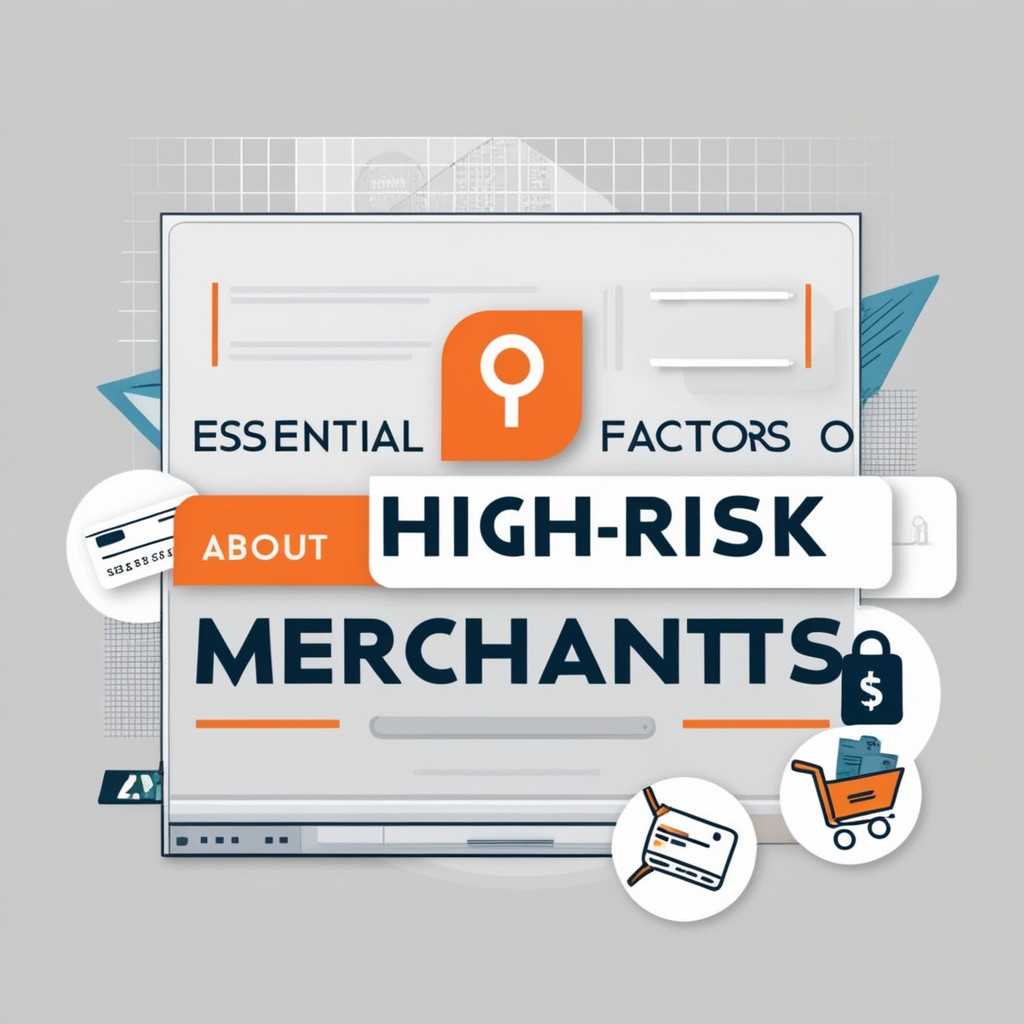Essential Factors to Understand About High-Risk Merchants

In simple language, a high-risk merchant is more inclined to chargebacks, fraud, or other issues that could put a payment processor at risk. The definition has little to do with whether or not you, as a merchant, have an actual history of fraud or other problems.
Instead, payment processors automatically categorize specific merchants as high-risk based on your industry, the types of payments you accept, and how long your business has been operating. Here is an overview of what payment processors consider high-risk merchants and your options if you fit the criteria.
What are the High-risk Merchants?
Usually, there is no specific definition of a High-risk merchant. Every payment processor or bank has its scale of considering a merchant risky or which kind of merchant can sometimes be insecure. There are specific factors considered by individuals that are meant to be at high risk.
The Most Frequently Listed High-Risk Industries
The following are a few sectors that payment processors generally view as high-risk:
- Design of websites
- Preparing taxes or accounting
- Products with age restrictions, such as Tasers, guns, and vape or e-cigarettes
- Entertainment for adults
- Services related to travel or vacation
- Auto accessories or parts
- Technical assistance
- Bail bonds
- Programs, such as software as a service
- Sports betting and gambling
- Cannabis and other businesses with strict regulations
- Drop shipping
- Household Electronics
- Financial services, such as debt consolidation or credit repair
- Pawnshops
- Supplements and nutraceuticals
- Facilities for self-storage
- Programs for dieting and losing weight
- Cash and precious metals
Several legal industries might be regarded as high risk; therefore, this list is not comprehensive. Thus, a payment processor may judge your sector as not a high-risk payment processor even if you do not believe so. Because of this, it is crucial to research the precise requirements that any processor you are thinking about opening an account with uses.
Additional Elements That May Attract a Merchant Listed as a High-Risk
Payment processors consider specific corporate practices and traits of high-risk criteria besides industry. This covers items such as the following:
- Accepting money in the form of subscriptions for overseas sales
- Lengthy fulfillment periods
- High volumes of sales
- Huge average transaction sizes
- Insufficient credit history or poor credit
- New companies
- Merchants with no prior business experience or very little
- An extensive chargeback history
- Completing a large number of transactions without a card (standard among e-commerce enterprises)
- A record of accomplishment of dishonesty or unlawful behavior
Some of these may be apparent, while others may surprise. Once more, this is why it is crucial to review a processor's requirements before submitting.
This is particularly crucial when using third-party payment processors like EZY POS, Square, Stripe, or PayPal. These processors are known for freezing or shutting down merchant accounts with little to no notice, even if the signup procedure may appear quick and straightforward. This is because, based on your transactions, they highlight "high-risk" merchants after the fact rather than performing enough due diligence throughout the application process.
Although the speedy sign-up process is alluring, your account may be abruptly frozen or closed, which could cause business disruption. Therefore, if you are likely to be flagged as high-risk, looking for a payment processor specializing in high-risk payment processors is preferable. In simple language, a high-risk merchant is more inclined to chargebacks, fraud, or other issues that could put a payment processor at risk. The definition has little to do with whether or not you, as a merchant, have an actual history of fraud or other problems.





